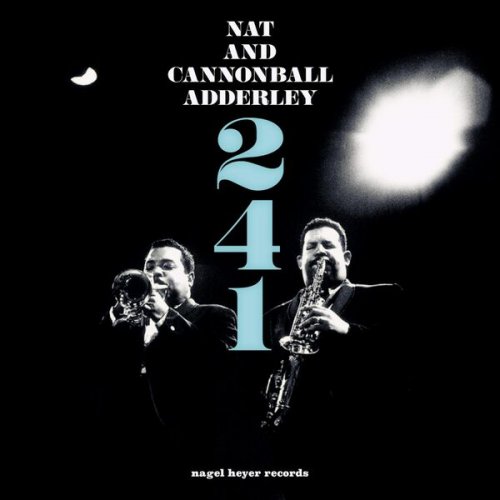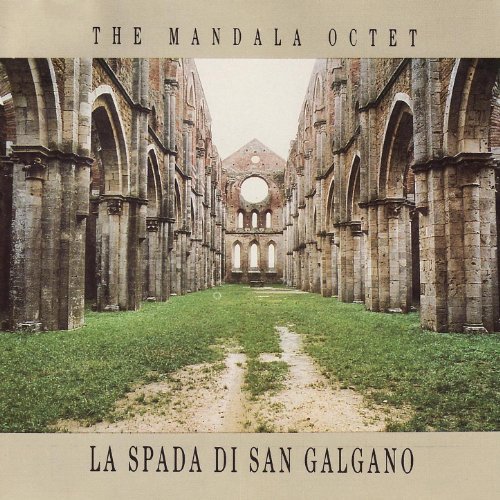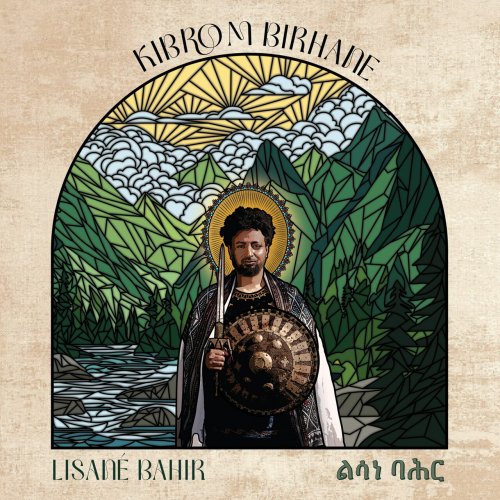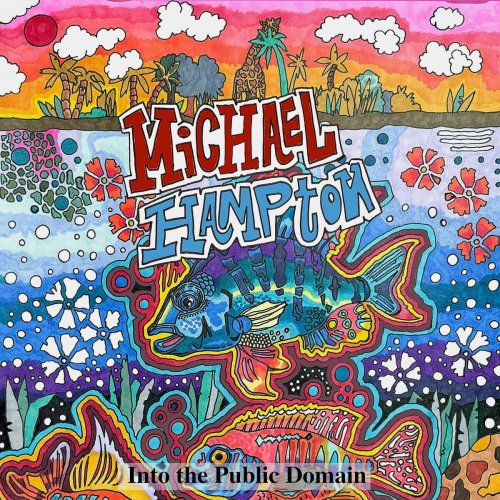Nat Adderley & Cannonball Adderley - 241 (2022)

Artist: Nat Adderley, Cannonball Adderley
Title: 241
Year Of Release: 2022
Label: Nagel Heyer Records
Genre: Jazz
Quality: FLAC (tracks) / MP3
Total Time: 1:12:59
Total Size: 416 / 168 MB
WebSite: Album Preview
Tracklist:Title: 241
Year Of Release: 2022
Label: Nagel Heyer Records
Genre: Jazz
Quality: FLAC (tracks) / MP3
Total Time: 1:12:59
Total Size: 416 / 168 MB
WebSite: Album Preview
01. Little Joanie Walks
02. Mozart-In
03. I Should Care
04. Soon
05. Blues For Bohemia
06. I've Got A Crush On You
07. Keep It Moving
08. The Fat Man
09. Work Song
10. I Married An Angel
11. Dancing In The Dark
12. Tribute To Brownie
13. Little Miss
14. Easy Living
15. You Better Go Now
• Nat Adderley's cornet (which in its early days was strongly influenced by Miles Davis) was always a complementary voice to his brother Cannonball in their popular quintet. His career ran parallel to his older brother for quite some time. Nat took up trumpet in 1946, switched to cornet in 1950, and spent time in the military, playing in an Army band during 1951-1953. After a period with Lionel Hampton (1954-1955), Nat made his recording debut in 1955, joined Cannonball's unsuccessful quintet of 1956-1957, and then spent periods with the groups of J.J. Johnson and Woody Herman before hooking up with Cannonball again in October 1959. This time the group became a major success and Nat remained in the quintet until Cannonball's death in 1975, contributing such originals as "Work Song," "Jive Samba," and "The Old Country" along with many exciting hard bop solos. Nat Adderley, who was at the peak of his powers in the early to mid-'60s and became adept at playing solos that dipped into the subtone register of his horn, led his own quintets after Cannonball's death; his most notable sidemen were altoists Sonny Fortune (in the early '80s) and Vincent Herring. Although his own playing declined somewhat -- Adderley's chops no longer had the endurance of his earlier days -- Nat continued recording worthwhile sessions in the years prior to his death on January 2, 2000. Many but not all of his recordings through the years are currently available (for such labels as Savoy, EmArcy, Riverside, Jazzland, Atlantic, Milestone, A&M, Capitol, Prestige, SteepleChase, Galaxy, Theresa, In & Out, Landmark, Evidence, Enja, Timeless, Jazz Challenge, and Chiaroscuro). ~ Scott Yanow
• One of the great alto saxophonists, Cannonball Adderley had an exuberant and happy sound that communicated immediately to listeners. His intelligent presentation of his music (often explaining what he and his musicians were going to play) helped make him one of the most popular of all jazzmen.
MilestonesAdderley already had an established career as a high school band director in Florida when, during a 1955 visit to New York, he was persuaded to sit in with Oscar Pettiford's group at the Cafe Bohemia. His playing created such a sensation that he was soon signed to Savoy and persuaded to play jazz full-time in New York. With his younger brother, cornetist Nat, Cannonball formed a quintet that struggled until its breakup in 1957. Adderley then joined Miles Davis, forming part of his super sextet with John Coltrane and participating on such classic recordings as Milestones and Kind of Blue. Adderley's second attempt to form a quintet with his brother was much more successful for, in 1959, with pianist Bobby Timmons, he had a hit recording of "This Here." From then on, Cannonball always was able to work steadily with his band.
PhenixDuring its Riverside years (1959-1963), the Adderley Quintet primarily played soulful renditions of hard bop and Cannonball really excelled in the straight-ahead settings. During 1962-1963, Yusef Lateef made the group a sextet and pianist Joe Zawinul was an important new member. The collapse of Riverside resulted in Adderley signing with Capitol and his recordings became gradually more commercial. Charles Lloyd was in Lateef's place for a year (with less success) and then with his departure the group went back to being a quintet. Zawinul's 1966 composition "Mercy, Mercy, Mercy" was a huge hit for the group, Adderley started doubling on soprano, and the quintet's later recordings emphasized long melody statements, funky rhythms, and electronics. However, during his last year, Cannonball Adderley was revisiting the past a bit and on Phenix he recorded new versions of many of his earlier numbers. But before he could evolve his music any further, Cannonball Adderley died suddenly from a stroke. ~ Scott Yanow
MilestonesAdderley already had an established career as a high school band director in Florida when, during a 1955 visit to New York, he was persuaded to sit in with Oscar Pettiford's group at the Cafe Bohemia. His playing created such a sensation that he was soon signed to Savoy and persuaded to play jazz full-time in New York. With his younger brother, cornetist Nat, Cannonball formed a quintet that struggled until its breakup in 1957. Adderley then joined Miles Davis, forming part of his super sextet with John Coltrane and participating on such classic recordings as Milestones and Kind of Blue. Adderley's second attempt to form a quintet with his brother was much more successful for, in 1959, with pianist Bobby Timmons, he had a hit recording of "This Here." From then on, Cannonball always was able to work steadily with his band.
PhenixDuring its Riverside years (1959-1963), the Adderley Quintet primarily played soulful renditions of hard bop and Cannonball really excelled in the straight-ahead settings. During 1962-1963, Yusef Lateef made the group a sextet and pianist Joe Zawinul was an important new member. The collapse of Riverside resulted in Adderley signing with Capitol and his recordings became gradually more commercial. Charles Lloyd was in Lateef's place for a year (with less success) and then with his departure the group went back to being a quintet. Zawinul's 1966 composition "Mercy, Mercy, Mercy" was a huge hit for the group, Adderley started doubling on soprano, and the quintet's later recordings emphasized long melody statements, funky rhythms, and electronics. However, during his last year, Cannonball Adderley was revisiting the past a bit and on Phenix he recorded new versions of many of his earlier numbers. But before he could evolve his music any further, Cannonball Adderley died suddenly from a stroke. ~ Scott Yanow

![Tomasz Stanko - Unit (Polish Radio Sessions vol. 2/6) (2025) [Hi-Res] Tomasz Stanko - Unit (Polish Radio Sessions vol. 2/6) (2025) [Hi-Res]](https://www.dibpic.com/uploads/posts/2025-12/1765796826_cover.jpg)

![Tomasz Stańko - Piece for Diana and Other Ballads (Polish Radio Sessions vol. 1/6) (2025) [Hi-Res] Tomasz Stańko - Piece for Diana and Other Ballads (Polish Radio Sessions vol. 1/6) (2025) [Hi-Res]](https://www.dibpic.com/uploads/posts/2025-12/1765788761_cover.jpg)


![Mark Pringle - New Customers (2025) [Hi-Res] Mark Pringle - New Customers (2025) [Hi-Res]](https://www.dibpic.com/uploads/posts/2025-12/1765497171_fb7vtyplm5lta_600.jpg)

